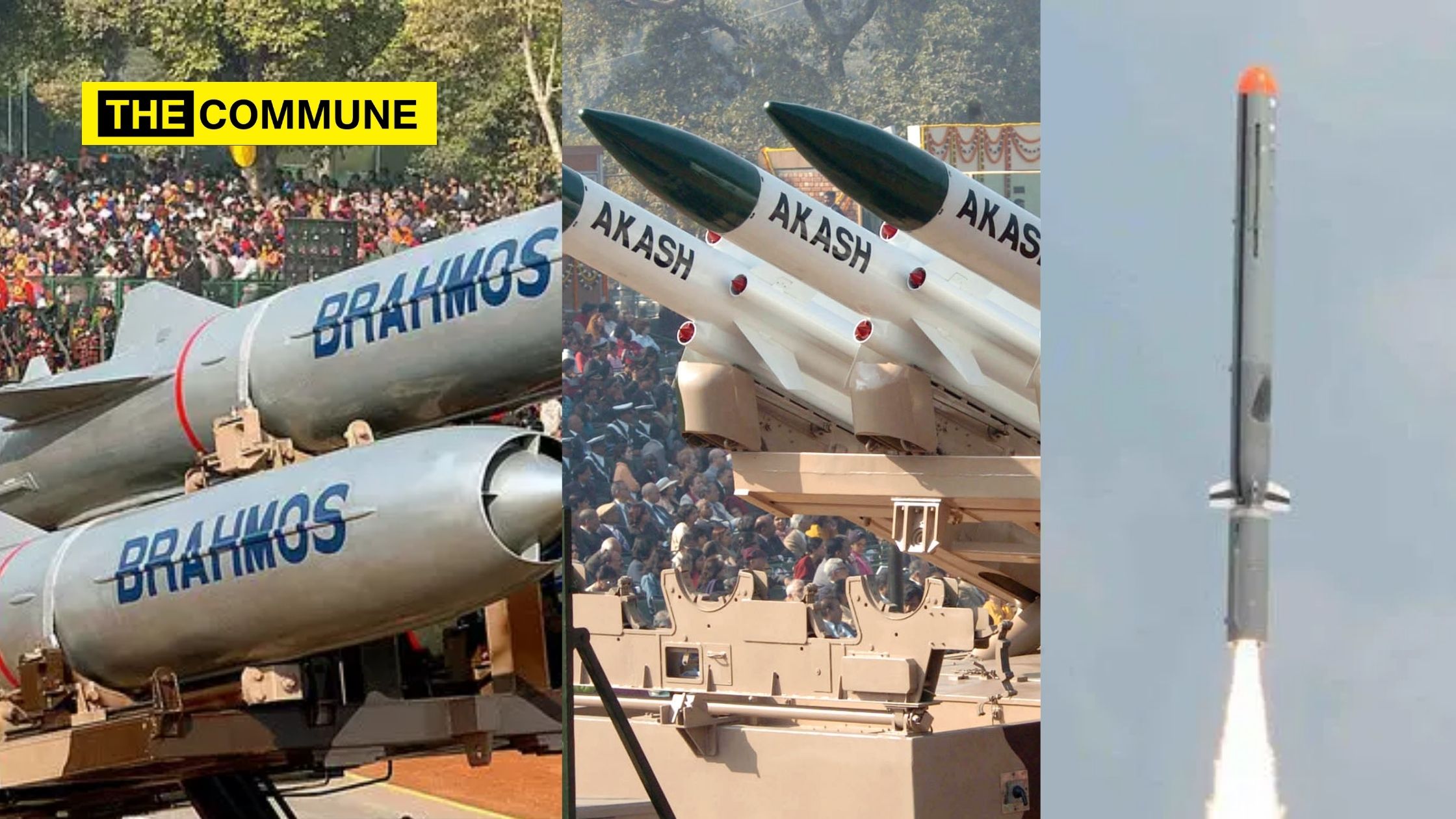
In a move that China may not have expected, India has deployed BrahMos and Nirbhay cruise missiles and Akash surface-to-air missiles (SAMs) in eastern Ladakh in case it launches a surprise attack, the Hindustan Times reported.
The decision to deploy such weapons platform was taken after the Chinese deployments of stand-off weapons with the range of 2,000 kilometers on the Tibetan Plateau.
As per reports a sufficient number of the 500 km-range BrahMos cruise missile has been deployed Ladakh Sector and with that range, it can easily hit People’s Liberation Army (PLA) camps and air bases in the region if India is attacked.
BrahMos is a supersonic missile with the ability to evade enemy defences and can carry a 300 kg warhead on its target. The BrahMos missiles can also be fired from the air towards Chinese targets will within within Indian air space.
India has already test-fired this platform from Su-30MKI fighters of the Indian Air Force, modified to carry the air-launched version of the cruise missile.
The Nirbhay cruise missiles have a range of about 1,000 kilometres with the ability to skim and loiter near its target or can go round a target and perform several manoeuvres and then re-engage it. The Nirbhay missile can fly as low as 100 meters above and it is also able to pick out a target and attack it among multiple targets.
The Akash SAMs, are meant to target incoming threat from the air and has a range of 40. It is being deployed to protect our military installations and bases in the Ladakh region from enemy drones, helicopters and fighter aircraft.
For years, China has developed its infrastructure near the Line of Actual Control (LAC) and only after the advent of the Modi government, India started working on developing its logistic in this region.
The People’s Liberation Army Air Force (PLAF) has deployed a large number of fighters and helicopters in the region and have built reinforced concrete shelters for its fighters that were previously not available for its air bases on the Tibetan Plateau.
However, this time China will be facing a very determined opponent in the form of India. The Indian military has a lot of experience in operating in such harsh conditions which the Chinese don’t. The Indian soldiers have been given the state of the art winter gear to counter temperatures that can go to minus 50-degree celsius.




